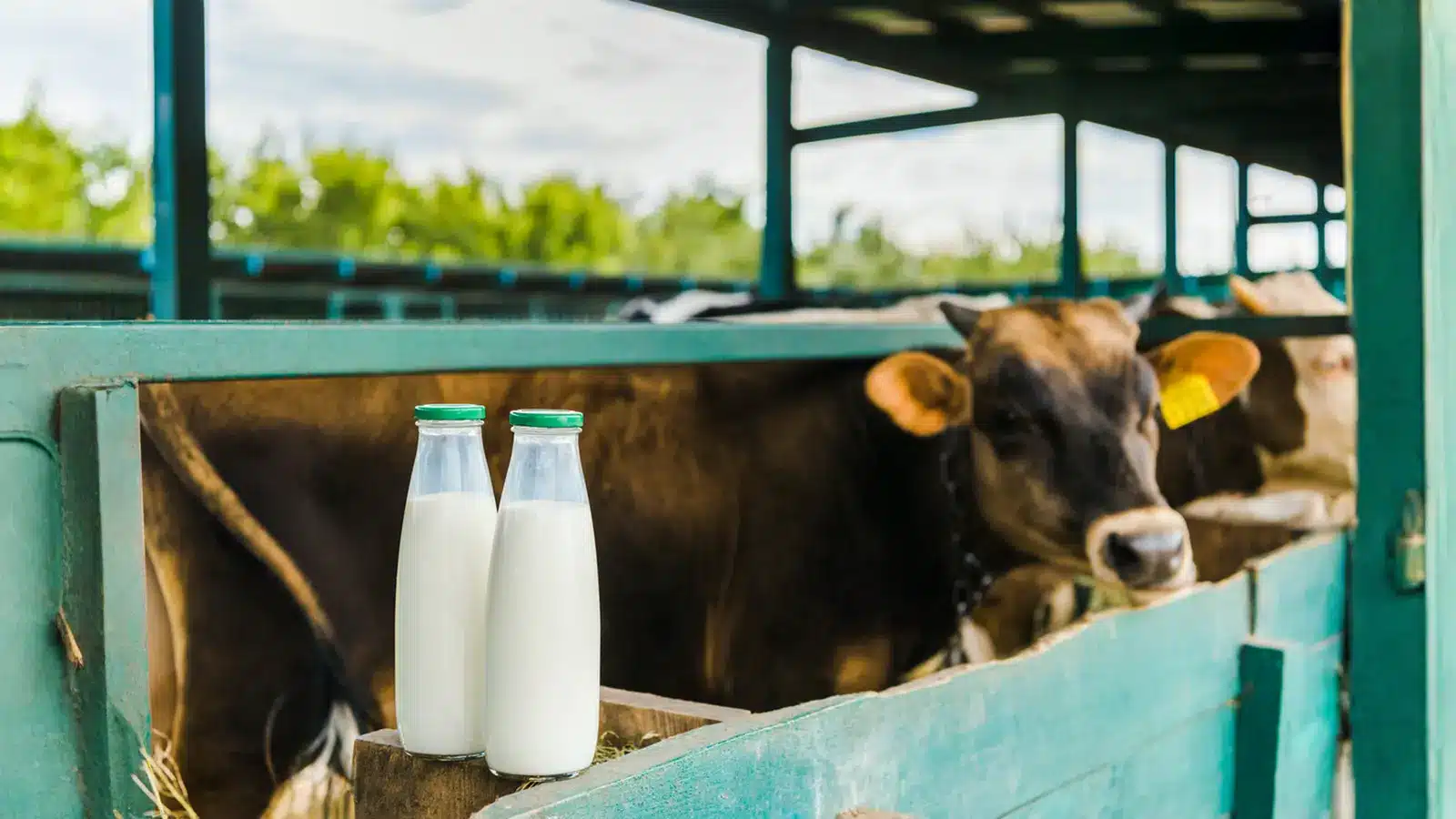US Criticizes India’s Dairy Sector for Unnecessary Trade Barriers

Even as India and the United States approach the final stages of negotiations for an interim trade deal, the U.S. has raised concerns regarding India’s dairy certification requirements at the World Trade Organization (WTO). The U.S. claims these requirements create unnecessary barriers for American dairy exports. This issue arises amidst ongoing discussions about a broader trade agreement, with India firmly resisting calls to liberalize its dairy and agricultural sectors. The matter is expected to be addressed during India’s upcoming trade policy evaluation at the WTO later this year.
Understanding India’s Dairy Certification Requirements
India mandates a comprehensive veterinary health certificate for all milk and milk product imports. This certificate must confirm the absence of drugs, antibiotics, pesticides, and heavy metal residues. The U.S. has voiced its concerns about these certification requirements, arguing that they serve as unnecessary obstacles for American dairy products seeking entry into the Indian market. For U.S. exports to India, the health certificate must be validated by the relevant authority in the exporting country. At the WTO, U.S. representatives have emphasized that such requirements should be scientifically justified and minimally restrictive to trade. This issue was previously raised by the U.S. in April of this year. Furthermore, the U.S. administration has indicated that India’s revised dairy certification, set to take effect in November 2024, does not adequately address their concerns.
WTO Disputes: Broader Trade Tensions
The dairy certification issue is not the only point of contention between India and the U.S. at the WTO. Following the U.S. imposition of tariffs on steel and aluminum as safeguard measures, India has proposed retaliatory tariffs against American products in accordance with WTO guidelines. In May, India notified the WTO that these countermeasures would target U.S. imports valued at approximately $7.6 billion. The Indian government stated that the safeguard measures would result in a duty collection of $3.82 billion on relevant products imported into the U.S. Additionally, India has signaled its intent to implement countermeasures against U.S. automotive tariffs, following a 25% tariff imposed on Indian automotive components. A government representative confirmed that these actions align with WTO provisions and will not hinder ongoing trade negotiations between the two nations.
Current Status of the India-U.S. Trade Deal
As negotiations for an interim trade deal continue, both India and the U.S. are eager to finalize an agreement. U.S. President Donald Trump has extended the deadline for implementing reciprocal tariffs to August 1, 2025. Although India is not included in the list of countries receiving tariff letters, Trump has indicated that a trade deal with India is nearing completion. Officials from both sides are actively engaged in discussions, with plans for negotiators to visit Washington soon. The Indian government aims to conclude a comprehensive trade agreement without being constrained by time. An official clarified that the negotiations are not limited to an interim deal; rather, they are working towards a complete agreement. While initial targets for finalizing the deal were set for September-October, the introduction of reciprocal tariffs has led to considerations for a smaller agreement. Key areas of focus for the U.S. include agricultural products, American whiskey, and automobiles, although India remains cautious about reducing agricultural tariffs. Commerce Minister Piyush Goyal has reiterated that India’s interests will take precedence over meeting deadlines in these negotiations.
Observer Voice is the one stop site for National, International news, Sports, Editor’s Choice, Art/culture contents, Quotes and much more. We also cover historical contents. Historical contents includes World History, Indian History, and what happened today. The website also covers Entertainment across the India and World.

